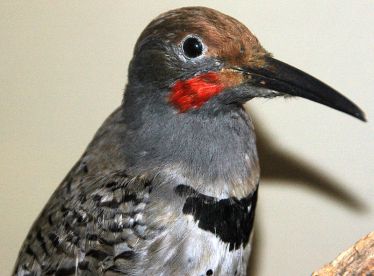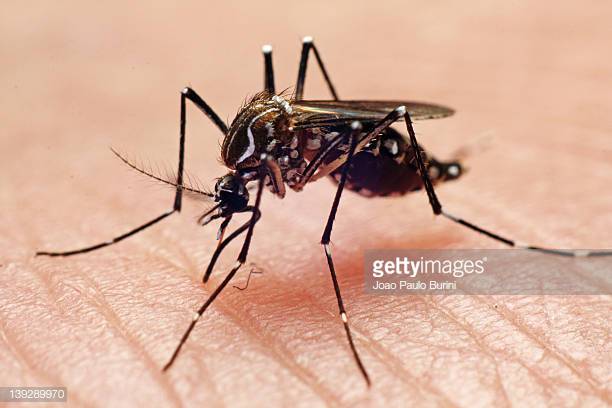Edwin Kim, M.D., and colleagues at the University of North Carolina at Chapel Hill have discovered a new and effective treatment for patients suffering from peanut allergy.
The treatment is called sublingual immunotherapy, or SLIT, and involves the administration of liquefied peanut protein under the patient’s tongue. This site of administration is as crucial as it is strategic for the vasculature here bypasses both the stomach, which could result in digestion of some or all of the protein, as well as the liver where the protein could be metabolized.
The advantage is that much less protein need be administered compared to other therapies. Indeed the initial dose is a miniscule 0.0002 mg!
Porphyromonas gingivalis is the pathogen responsible for chronic
periodontitis (CP) or gingivitis. A prospective observational study of patients
with Alzheimer’s disease (AD) and active CP showed a notable decline in
cognition (Alzheimer’s Disease Assessment Scale-Cognitive and Mini Mental State
Examination scales) during a six month period compared to AD patients without
active CP.
Tyler
Clites holds a BS in Biomedical and Mechanical Engineering from Harvard (2014)
and a PhD from Harvard//MIT program in Health Sciences and Technology (2018).
Presently he is a Post Doc in the Biomechatronics group at the MIT Media Lab
where his research focuses on the development of novel techniques for limb
amputation surgery with the goal of improving the connection between the
biological body and a synthetic limb. The approach is known as the agonist-antagonist
myoneural interface (AMI).
Neuronal
loss/destruction is the leading cause of symptoms in patients suffering from
neural injury or neurodegenerative disorders.
Following neural insult
astrocytes proliferate and become active glial cells to form glial scarring in
order to protect neighboring tissue from further damage.
 Asthma And Alcohol Consumption
Asthma And Alcohol Consumption The Acceleration of Spirits Aging Using Ultrasound
The Acceleration of Spirits Aging Using Ultrasound The Alarming Decline In Avian Wildlife
The Alarming Decline In Avian Wildlife






